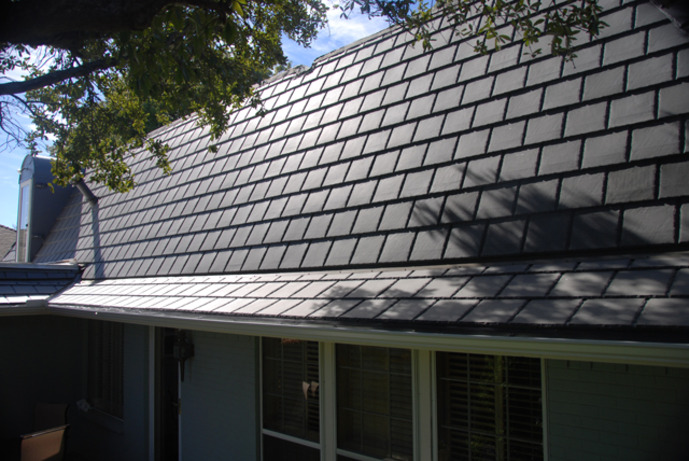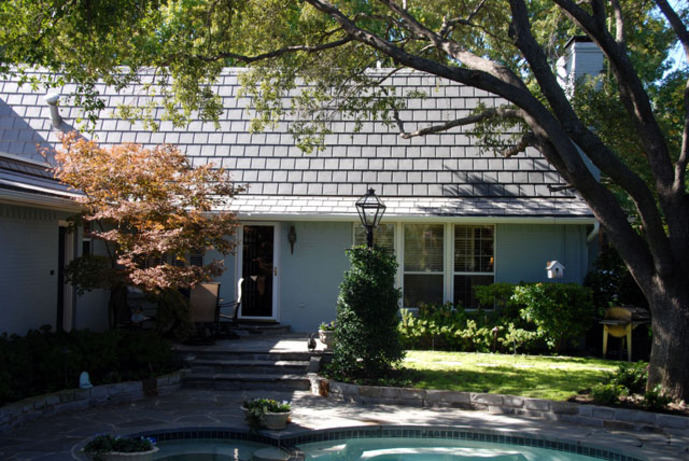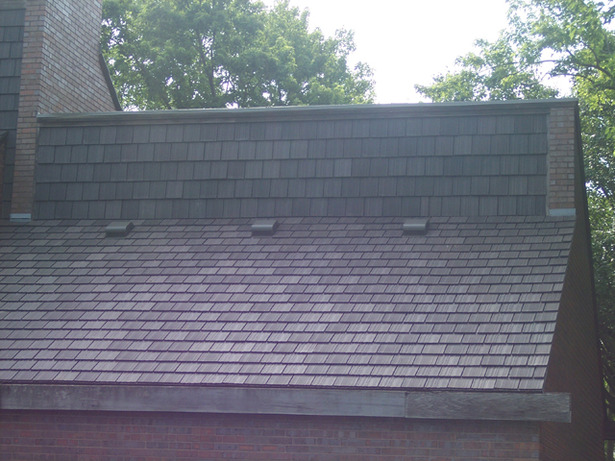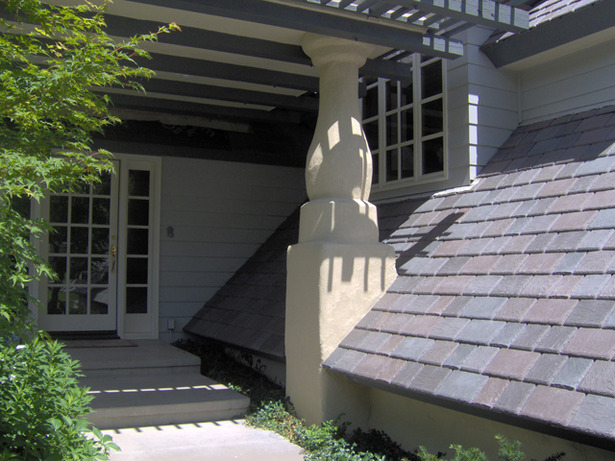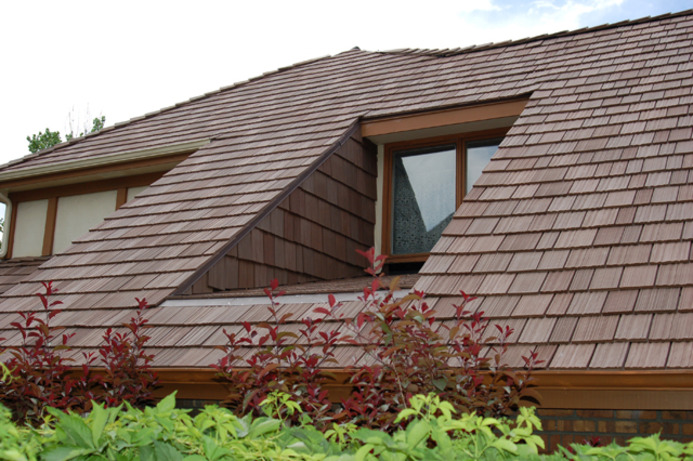Tile Roofs
All Colorado Exteriors, Inc. Is a fully Licensed and Insured Roofing Company. We provide flat roofing and will roof house. We offer roof certifications for new home owners. We are here to provide your the Home Owner with honest, truthful , budget constrained sevice that you would expect from the Best roofing contractor we can be. BACK TO ROOFING
All Colorado Exteriors, Inc. honorably serves the follow cities:
Tile Roofing in: Arvada | Golden | Wheat ridge | Highlands Ranch | Commerc City | Centennial | Littleton | Evergreen | Vail |
Parker |
Aurora | Brighton | Boulder | Castle Rock | Ken Caryl | Green Valley Ranch | DTC | Morrison | Park County | Greeley | Silverthorne |
Bailey | Aspen | Broomfield | Lafayette | Kiowa | Elizabeth
Tile Roofing in: Arvada | Golden | Wheat ridge | Highlands Ranch | Commerc City | Centennial | Littleton | Evergreen | Vail |
Parker |
Aurora | Brighton | Boulder | Castle Rock | Ken Caryl | Green Valley Ranch | DTC | Morrison | Park County | Greeley | Silverthorne |
Bailey | Aspen | Broomfield | Lafayette | Kiowa | Elizabeth
Tile Excels in Snow Areas
by Terry Anderson
Ruined penetration pipes, torn-off gutters, broken tiles, and various other snow and ice related problems are just a few complaints received by Anderson Associates Consulting in Highland, Utah.
Solutions to these problems were found across the Atlantic Ocean in Europe where concrete tile is both popular and performs well in the snow and ice areas there. Tile roofs were studied in various parts of Europe, including England, Germany and Norway. In the vicinity of Oslo, Norway, where winters are long and severe, tile roofs were inspected in the heaviest snow areas.
Research in Germany indicated that most pitched roofs utilize concrete tile and the pitches range from 10/12 in the lower land of Frankfurt and changed to 5/12 in the Austrian Alps. The standard practice in America is to increase pitch as you travel upward in elevation, as evidenced by A-frame cabins and steeper pitched roofs. Why do pitches of roof drop from 10/12 in low snow areas to 5/12 in high snow areas in Europe? It was discovered that the Germans and Norwegians actually want a "snow blanket" on their roofs. The snow on these roofs conserves energy by insulating the top of the building. If the temperature outside is five degrees below zero, the temperature under the snow is 32 degrees above. Centuries old stone and slate roofs with low pitches were observed and some actually had boulders placed on the roof to help hold the snow in place.
Snow and ice concerns are almost non-existent in Norway and Germany. Roofers use a double cold roof system that includes snow stops and snow fences. They have specifications designed just for the application of concrete tile. In Germany, the LaFarge/Braas Group provides roofers with a hard bound roof application book which includes details like how many snow stops to use and provides layout charts for snow load and degrees of pitch.
In Norway, tile manufacturers arranged a meeting with the head of the information division of the Norwegian Building Research Institute (the equivalent of ICBO or BOCA) where they were queried regarding the overwhelming choice for concrete roof tile in their country. They noted that they are more concerned about life cycle cost, energy efficiency and fire ratings than Americans appear to be. Concrete roof tile has fit their stringent requirements best. Asphalt shingles were used to a small degree after World War II because of their low cost, but were replaced by tile again when the population could afford a longer lasting product.
Today in heavy snow areas in Europe, architects specify concrete tile made with built-in snow stops or requiring metal snow brackets placed throughout the roof from ridge to eave. In some cases, snow fences are also used. The purpose of these accessories is to prevent the avalanching that sometimes occurs with layered snow. Double cold roof systems and snow brackets prevent breakage of tile at eaves, valleys and lower roofs below upper roof sections. It was also found that because of the double cold roof, ice was greatly reduced. Copper gutters were used without any concern for them being torn off. There was no evidence found of bent penetration pipes or broken tile in valleys, nor of any damage from snow and ice slippage which has been pervasive on tile roofs in the mountains of the western United States.
Much of the reported "old world knowledge" was brought back to Utah and has been used successfully for the past few winters. Europeans have obviously worked through their snow and ice concerns centuries ago and have developed a tile roofing systems that will perform for centuries more. Since their combination of low sloped roofs, cold attics and engineered placement of snow brackets performs so effectively, the construction industry in the United States should take careful note.
by Terry Anderson
Ruined penetration pipes, torn-off gutters, broken tiles, and various other snow and ice related problems are just a few complaints received by Anderson Associates Consulting in Highland, Utah.
Solutions to these problems were found across the Atlantic Ocean in Europe where concrete tile is both popular and performs well in the snow and ice areas there. Tile roofs were studied in various parts of Europe, including England, Germany and Norway. In the vicinity of Oslo, Norway, where winters are long and severe, tile roofs were inspected in the heaviest snow areas.
Research in Germany indicated that most pitched roofs utilize concrete tile and the pitches range from 10/12 in the lower land of Frankfurt and changed to 5/12 in the Austrian Alps. The standard practice in America is to increase pitch as you travel upward in elevation, as evidenced by A-frame cabins and steeper pitched roofs. Why do pitches of roof drop from 10/12 in low snow areas to 5/12 in high snow areas in Europe? It was discovered that the Germans and Norwegians actually want a "snow blanket" on their roofs. The snow on these roofs conserves energy by insulating the top of the building. If the temperature outside is five degrees below zero, the temperature under the snow is 32 degrees above. Centuries old stone and slate roofs with low pitches were observed and some actually had boulders placed on the roof to help hold the snow in place.
Snow and ice concerns are almost non-existent in Norway and Germany. Roofers use a double cold roof system that includes snow stops and snow fences. They have specifications designed just for the application of concrete tile. In Germany, the LaFarge/Braas Group provides roofers with a hard bound roof application book which includes details like how many snow stops to use and provides layout charts for snow load and degrees of pitch.
In Norway, tile manufacturers arranged a meeting with the head of the information division of the Norwegian Building Research Institute (the equivalent of ICBO or BOCA) where they were queried regarding the overwhelming choice for concrete roof tile in their country. They noted that they are more concerned about life cycle cost, energy efficiency and fire ratings than Americans appear to be. Concrete roof tile has fit their stringent requirements best. Asphalt shingles were used to a small degree after World War II because of their low cost, but were replaced by tile again when the population could afford a longer lasting product.
Today in heavy snow areas in Europe, architects specify concrete tile made with built-in snow stops or requiring metal snow brackets placed throughout the roof from ridge to eave. In some cases, snow fences are also used. The purpose of these accessories is to prevent the avalanching that sometimes occurs with layered snow. Double cold roof systems and snow brackets prevent breakage of tile at eaves, valleys and lower roofs below upper roof sections. It was also found that because of the double cold roof, ice was greatly reduced. Copper gutters were used without any concern for them being torn off. There was no evidence found of bent penetration pipes or broken tile in valleys, nor of any damage from snow and ice slippage which has been pervasive on tile roofs in the mountains of the western United States.
Much of the reported "old world knowledge" was brought back to Utah and has been used successfully for the past few winters. Europeans have obviously worked through their snow and ice concerns centuries ago and have developed a tile roofing systems that will perform for centuries more. Since their combination of low sloped roofs, cold attics and engineered placement of snow brackets performs so effectively, the construction industry in the United States should take careful note.
